Name Millicent Fenwick Role Fashion editor | Succeeded by Fred J. Eckert Books Speaking Up | |
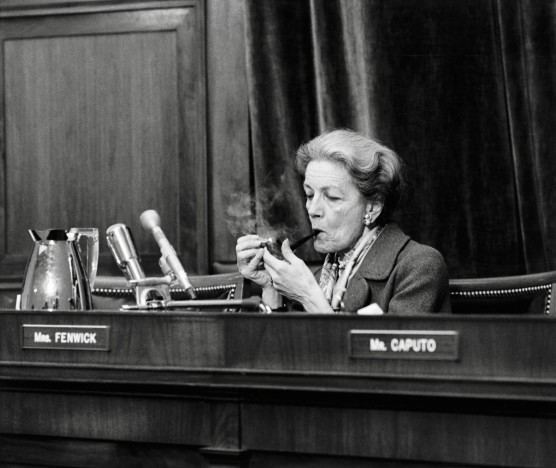 | ||
Full Name Millicent Vernon Hammond Born February 25, 1910New York City, New York ( 1910-02-25 ) Spouse(s) Hugh McLeod Fenwick (1932 – div. 1945) Siblings Ogden H. Hammond, Jr., Mary Stevens Hammond Parents Mary Picton Stevens, Ogden H. Hammond | ||
Millicent fenwick
Millicent Vernon Hammond Fenwick (February 25, 1910 – September 16, 1992) was an American fashion editor, politician and diplomat. A four-term Republican member of the United States House of Representatives from New Jersey, she entered politics late in life and was renowned for her energy and colorful enthusiasm. She was regarded as a moderate and progressive within her party and was outspoken in favor of civil rights and the women's movement. She was considered the inspiration behind Lacey Davenport, a fictional character in Garry Trudeau's comic strip Doonesbury.
Contents
- Millicent fenwick
- Early life
- Local and State Office
- US House of Representatives
- Candidate for US Senator
- Ambassador
- Later life
- Electoral history
- References
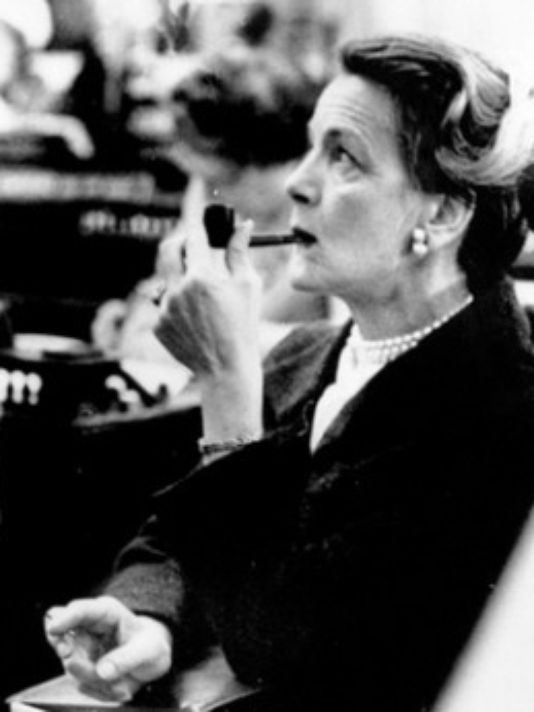
Early life
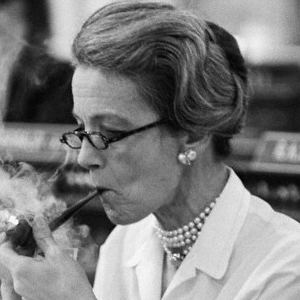
Born Millicent Vernon Hammond, she was the middle of three children born to renowned politician and later Ambassador to Spain, Ogden Haggerty Hammond (October 13, 1869 – October 29, 1956) of Louisville, Kentucky and his first wife, Mary Picton Stevens (May 16, 1885 – May 7, 1915) of Hoboken, New Jersey. Her paternal grandparents were General John Henry Hammond (June 30, 1833 – April 30, 1890), who served as chief of staff for William Tecumseh Sherman during the Vicksburg Campaign, and Sophia Vernon Wolfe (1842 – May 20, 1923), daughter of Nathaniel Wolfe, a lawyer and legislator from Louisville. Her maternal grandparents were John Stevens (July 1856 – January 21, 1895), oldest son of Stevens Institute of Technology founder Edwin Augustus Stevens and grandson of inventor John Stevens, and Mary Marshall McGuire (May 4, 1850 – May 2, 1905).
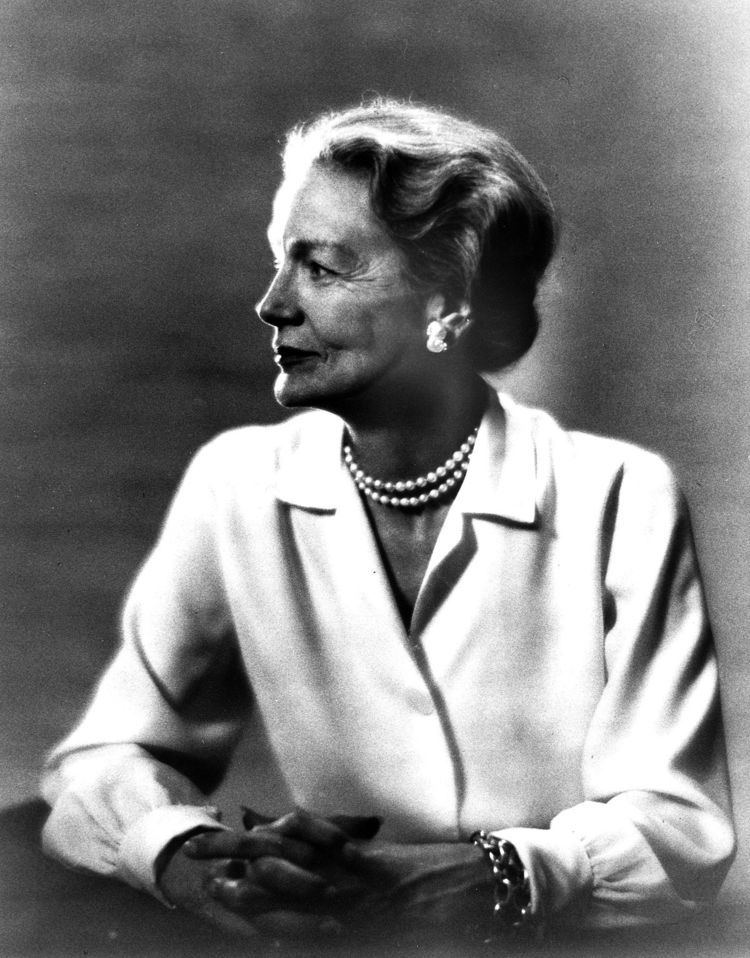
She had a sister, Mary Stevens Hammond, and a brother, Ogden H. Hammond, Jr. When Millicent was 5 years old, her mother perished in the sinking of the British ocean liner RMS Lusitania, which her father survived. He remarried two years later, to Marguerite McClure Howland, and by that marriage Fenwick had a stepbrother, McClure (Mac) Howland.
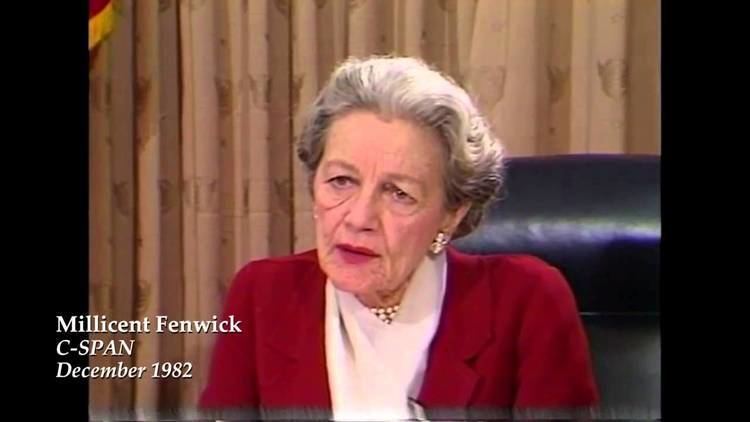
She was a cousin of John Hammond, the well-known record producer.
Raised in comfortable circumstances in Bernardsville, New Jersey, she attended the exclusive Nightingale-Bamford School in nearby Manhattan, Foxcroft School and college at Columbia University and the New School for Social Research. She married and divorced, and modeled briefly for Harper's Bazaar, then worked as a writer and editor at Vogue magazine for 14 years with a wardrobe and style to match the position. In 1948 she compiled Vogue's Book of Etiquette, which sold a million copies.
In 1931, Millicent Hammond met Hugh McLeod Fenwick (February 17, 1905 – July 24, 1991), who was already married to the former Dorothy Ledyard, the daughter of New York attorney Lewis Cass Ledyard. He divorced his wife to marry Millicent on June 11, 1932. They had two children, Mary Stevens Fenwick (born February 25, 1934, died 1987) and Hugh Hammond Fenwick (born January 28, 1937; died 2002), but separated a few years later and were divorced in 1945. Hugh Fenwick remarried while Millicent Fenwick did not.
Local and State Office
During the 1950s, Fenwick became involved in politics via the Civil Rights Movement. Often described as being blessed with exceptional intelligence, striking good looks, and a keen wit, she rose rapidly in the ranks of the Republican Party. She was elected to the Bernardsville Borough Council in 1957, serving until 1964, and around the same time was appointed to the New Jersey Committee of the United States Commission on Civil Rights, on which she served from 1958 to 1974. She was elected to the New Jersey General Assembly in 1969, serving from 1970 to 1973, when she left the Legislature to become director of the New Jersey Division of Consumer Affairs under Governor William T. Cahill.
U.S. House of Representatives
Elected to Congress from New Jersey in 1974 aged 64, Fenwick became a media favorite during her four terms in the House of Representatives. Television commentator Walter Cronkite called her "the conscience of Congress." She was known for her opposition to corruption by both parties and special interest groups. She was one of the most liberal Republicans in the House. Fenwick was also instrumental in establishing the Commission on Security and Cooperation in Europe (CSCE), which oversaw the implementation of the Helsinki Accords, which covered relations between states and human rights across Europe.
Despite her upper-class, society girl background, Fenwick went to Washington with a tough, blue collar work ethic. Virtually any night, hours after typical congressmen had headed out for dinner and home, she stayed working in her Capitol Hill office, and always was willing to answer reporters' questions about her actions.
Once, when a conservative male Congressman attacked a piece of women's rights legislation by saying, "I’ve always thought of women as kissable, cuddly, and smelling good," Fenwick responded, "That’s what I’ve always thought about men, and I hope for your sake that you haven’t been disappointed as many times as I’ve been."
Candidate for U.S. Senator
In 1982, she ran for a United States Senate seat, and defeated conservative Jeffrey Bell in the Republican primary. However, she then narrowly lost the general election to liberal Democratic businessman and Automatic Data Processing CEO Frank Lautenberg in a stunning defeat. Even Fenwick herself said in a subsequent interview, "I never expected to lose. I had no concession speech prepared, or anything. I never expected to lose." (In 2008, when Lautenberg was running for reelection to the Senate, his Republican opponents made an issue out of his age (84), arguing that he had voiced similar criticisms of the then-72-year-old Millicent Fenwick during the 1982 election campaign. Lautenberg denied having made an issue of Fenwick's age, saying he "only questioned her ability to do the job.") She was the commencement speaker for Saint Peter's College graduating Class of 1981.
Ambassador
After leaving the House of Representatives following the 1982 election, Fenwick was appointed by President Ronald Reagan as United States Ambassador to the Food and Agriculture Organization of the United Nations in Rome, Italy. She held this position from June 1983 to March 1987, when she retired from public life at the age of 77.
Later life
Fenwick died of heart failure in her home town of Bernardsville on September 16, 1992.
Fenwick was fluent in Italian, French and Spanish.
Fenwick is considered by some to be the model for the character of Lacey Davenport in Garry Trudeau's comic strip Doonesbury, although Trudeau insisted the character was modeled on no one in particular. Lacey Davenport first appeared several months before Fenwick was first elected to Congress.
